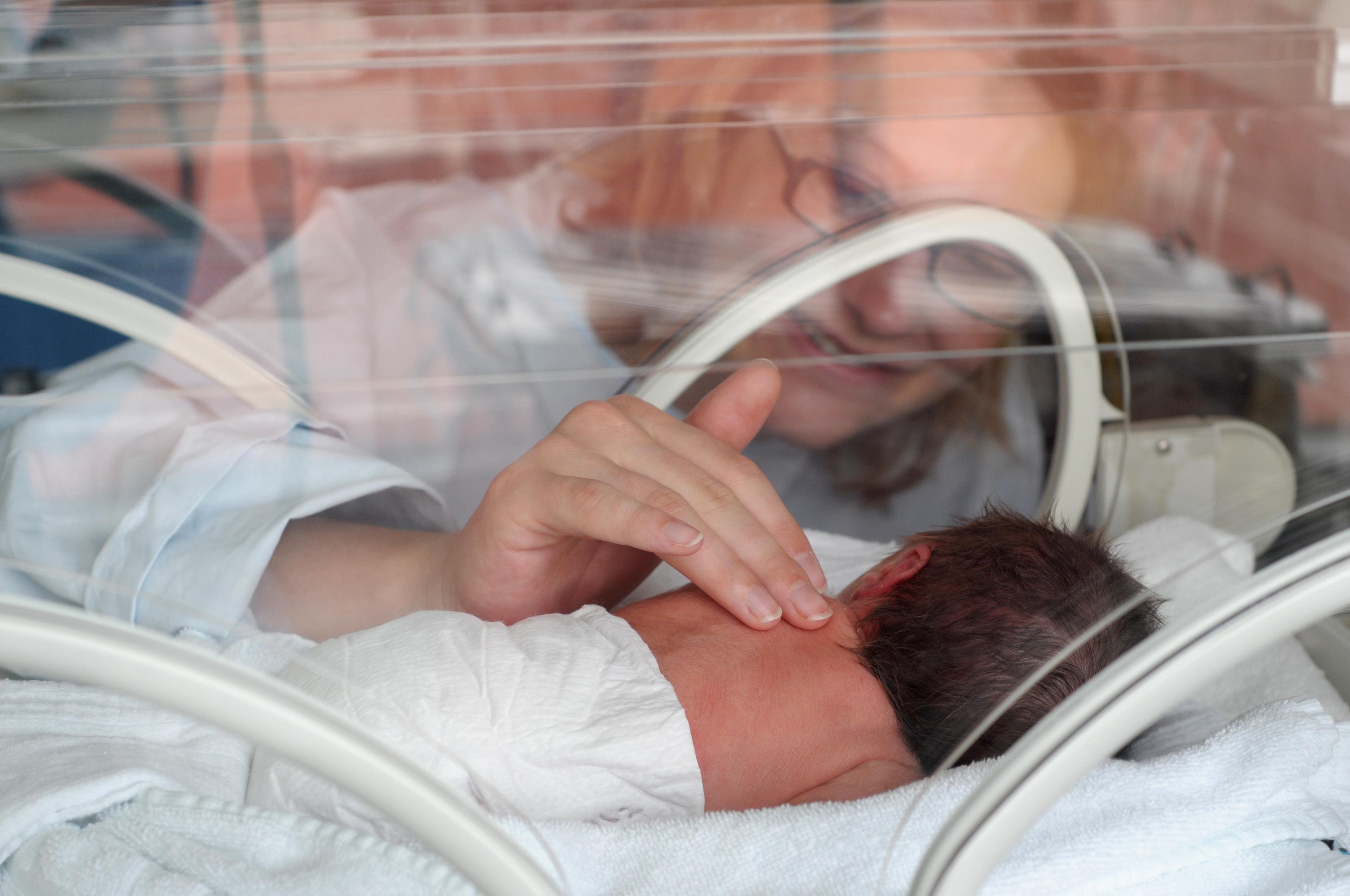Parkinson’s Disease: What are the Risks and Signs?
S. George Kipa
| 3 min read

Each year, approximately 60,000 Americans are diagnosed with Parkinson’s disease. In Michigan alone, there are over 25,000 cases.
Parkinson’s is a neurodegenerative disorder affecting the brain’s ability to control movement. Although symptoms can vary from person-to-person, it’s often characterized by visible tremors and stiffness. Due to its unpredictable nature, it’s imperative to understand the signs and risks associated with the illness.
Risk Factors of Parkinson’s Disease
Parkinson’s targets the area of the brain that produces dopamine—a chemical that helps regulate movement by carrying messages between the brain and the rest of the body. Medical professionals are unsure of its exact cause; however, there are multiple factors that may lead to its development.
- Age: The risk for Parkinson’s increases significantly with age. Older adults, age 60 and above, have a much higher chance of developing the disease. Only an estimated four percent are diagnosed before the age of 50.
- Environmental Factors: Exposure to pesticides, herbicides and certain metals may influence Parkinson’s development. Individuals who live or work near open-air toxins are particularly vulnerable.
- Family History: Approximately 15 percent of Parkinson’s patients have a family history linked to the disease. This specifically refers to close relatives, such as a parent or sibling. It’s important to note, individuals can still develop Parkinson’s with or without a familial connection.
- Gender: Parkinson’s can affect anyone, but males have a greater risk of being diagnosed. One study found the disease to be 1.5 times more frequent in men than their female counterparts.
- Head Trauma: Research suggests traumatic brain injuries of any kind, may heighten the risk of Parkinson’s. One study found individuals with mild head trauma had a 56 percent increase in risk, while those with moderate to severe trauma experienced an 83 percent increase.
Early Signs
The best way to identify Parkinson’s disease is by listening to the body. No matter how minor, it’s critical to acknowledge signs that may be indicative of a more serious problem.
- Constipation: Constipation can be an early sign of impaired muscle movement. Parkinson’s forces the bowel muscles to become slow, weak and rigid, delaying the digestive process.
- Dizziness or Fainting: Dizziness is one of the most overlooked signs of Parkinson’s. It’s caused by low blood pressure and in extreme cases, can lead to a temporary loss of consciousness.
- Problems Moving and/or Walking: Sharp pain or stiffness in the shoulders, hips and feet can signify an impending mobility issue. Some may also struggle with walking and maintaining their balance.
- Sleeping Problems: Individuals may experience sudden or uncontrollable movements such as jerking or cramping while sleeping. Other signs could include vivid dreams, talking or yelling while asleep.
- Loss of Smell: A diminished sense of smell is generally caused by a temporary illness like a cold or flu. But it’s also a non-motor symptom that appears in most Parkinson’s patients. It’s an early sign that can manifest years before an official diagnosis.
- Tremors: A rhythmic tremor in the hands or chin is often associated with Parkinson’s disease. It mostly occurs at rest and is less prevalent when muscles are engaged. During the early stages, it may only impact one side of the body but will spread as the disease progresses.
- Voice Changes: Individuals with Parkinson’s may notice distinct changes in their vocal tone. The voice may become lower, softer, breathy or even hoarse.
About the author: Dr. S. George Kipa, MD is a deputy chief medical officer at Blue Cross Blue Shield of Michigan.
If you found this post helpful, check these out:
Photo credit: Tristan Le from Pexels





